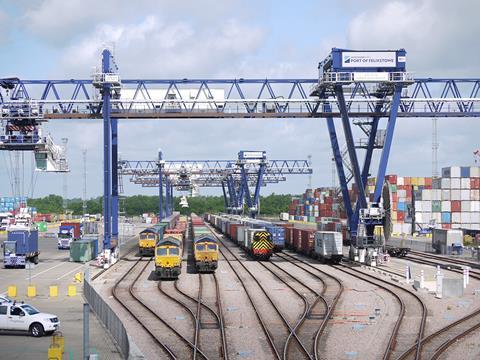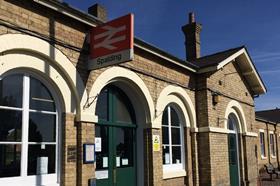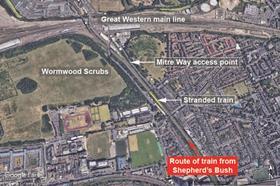
The Freight Transport Association has called on the government to secure the future of High Speed 2 and reassure businesses of its commitment to infrastructure investment. ‘FTA and its members are excited about the prospect of HS2 and what it can deliver for the logistics industry. With HS2 trains able to carry over 300 000 people per day, the shift in traffic will release capacity on existing rail lines which can be used for freight’, said Head of Multimodal Policy Alex Veitch on November 15. FTA is also seeking a guarantee that the capacity released will be made available for bids from freight operators and not pre-allocated to passenger services.

The Worcestershire Community Rail Partnership has been launched by the West Midlands Rail Executive, West Midlands Railway, Worcestershire County Council, CrossCountry, Great Western Railway and the Cotswold Line Promotion Group. A community rail officer is to be appointed.

Network Rail is to install lifts to provide step-free access to platform 2 at Spalding, and will provide tactile paving, more lighting on the footbridge and additional CCTV cameras around the station. Completion is planned for June 2020.

East Midlands Railway has invited applications for more than £100 000 from its Community Development Fund and Station Improvement Fund. ‘We are looking forward to receiving applications from our Community Rail Partnerships and Station Adoption Groups and bringing their projects and ideas to life’, said Donna Adams, Community Engagement Manager.

Anne Somers has joined Hull Trains as Commercial & Customer Experience Director. She was previously Head of Customer (interim) at Co-op Insurance.

On November 20 RAIB released a safety digest into passengers self-evacuating from a stranded London Overground train at North Pole Junction on July 15. RAIB said the incident demonstrated the importance of accurate communication between staff on the ground, and infrastructure and train service controllers; supporting the drivers of stranded trains so that they can focus on passengers and fault finding; regular assessments to understand if a situation is escalating; ensuring that any limitations of equipment, such as GSM-R boundaries, are understood; understanding the risks of passengers remaining in stranded trains for prolonged periods in hot weather without adequate facilities or ventilation; and regularly updating passengers.



